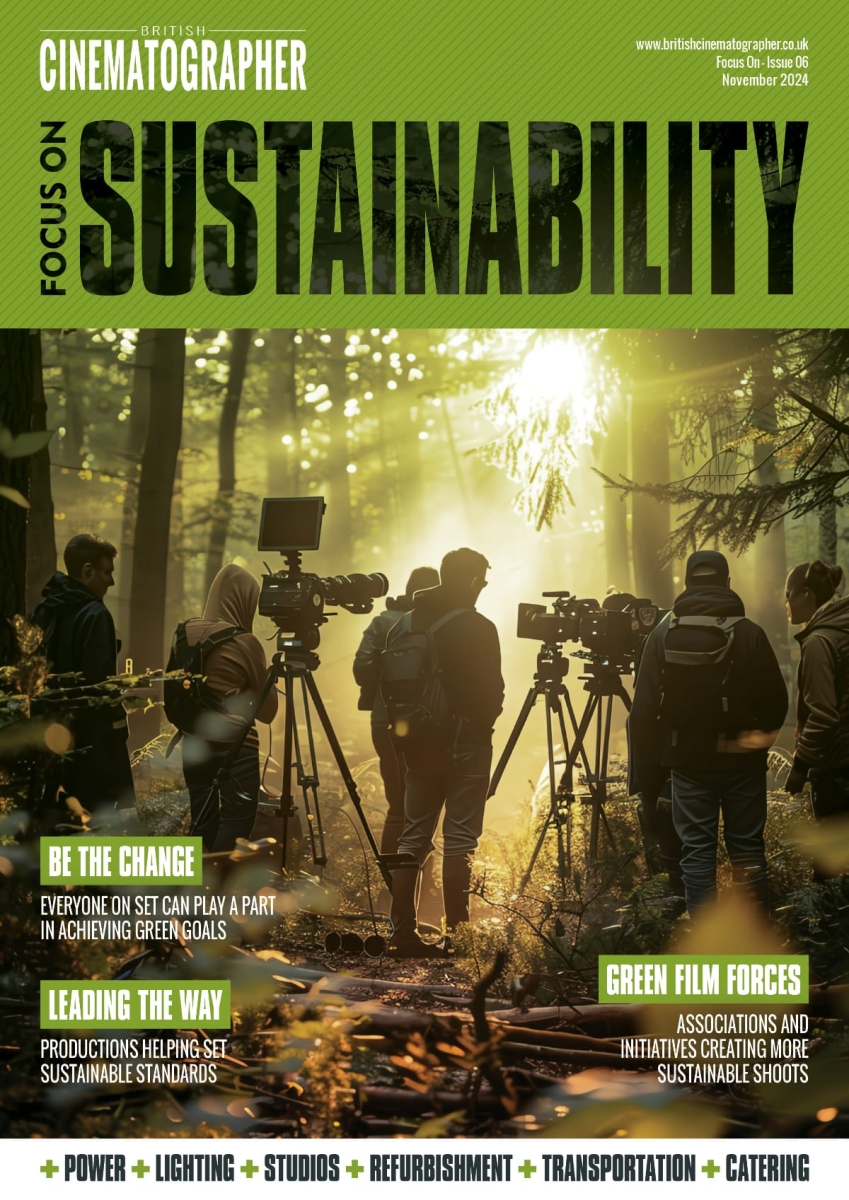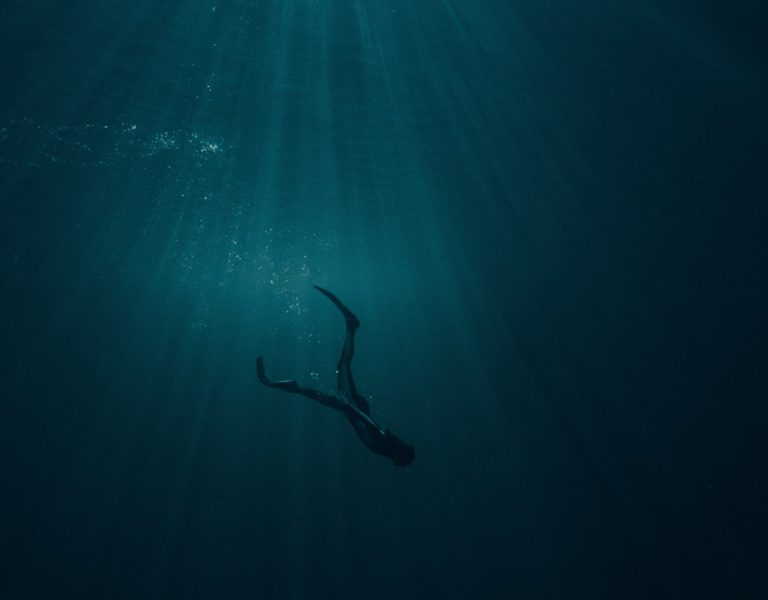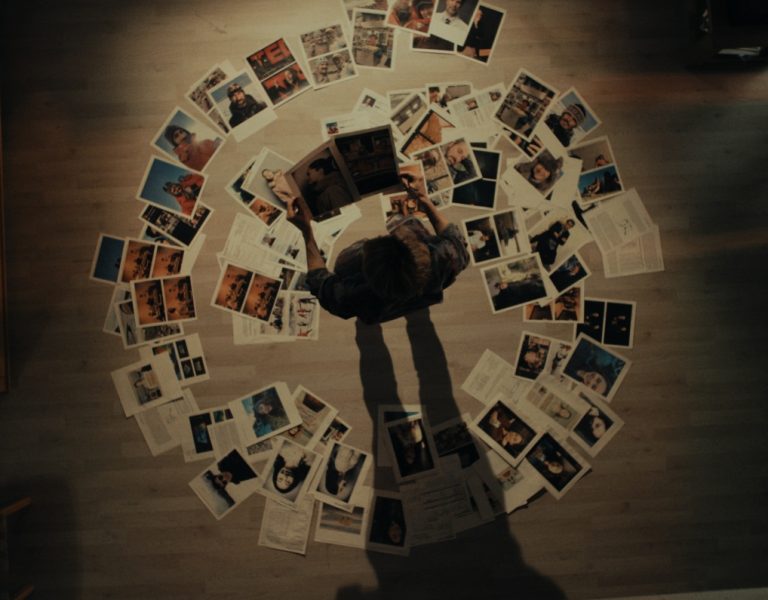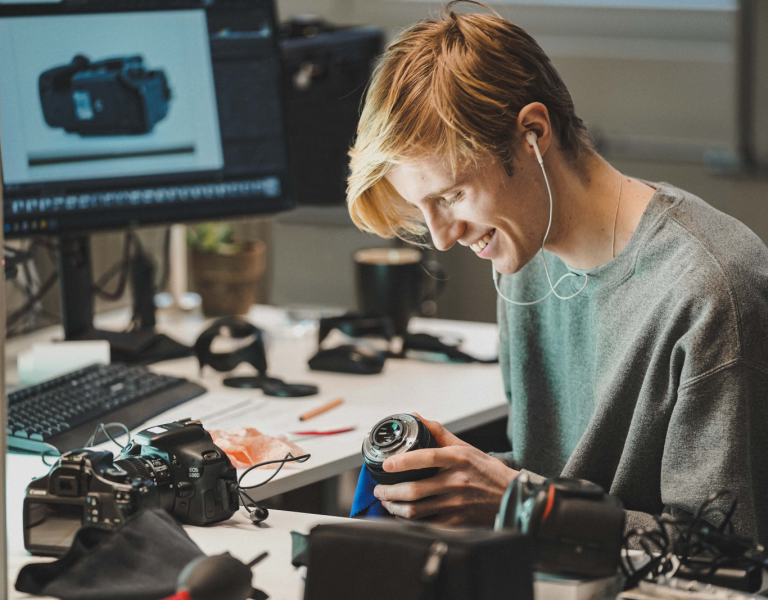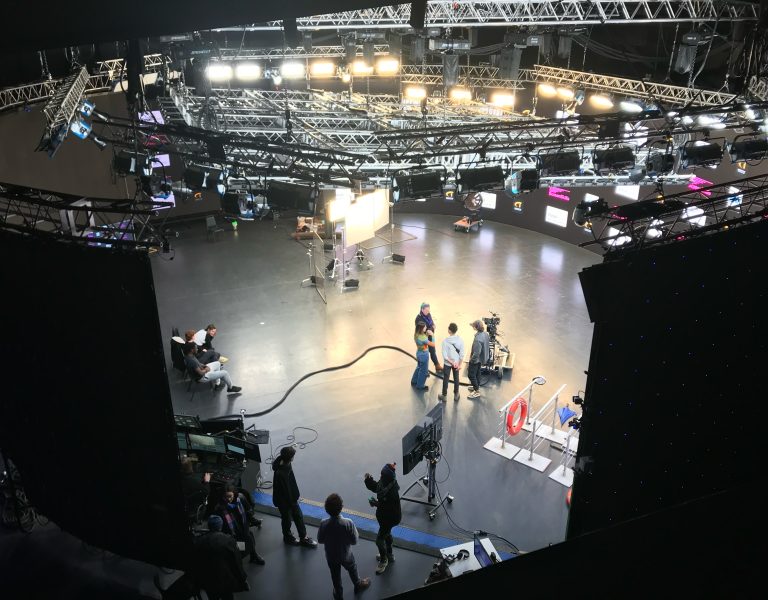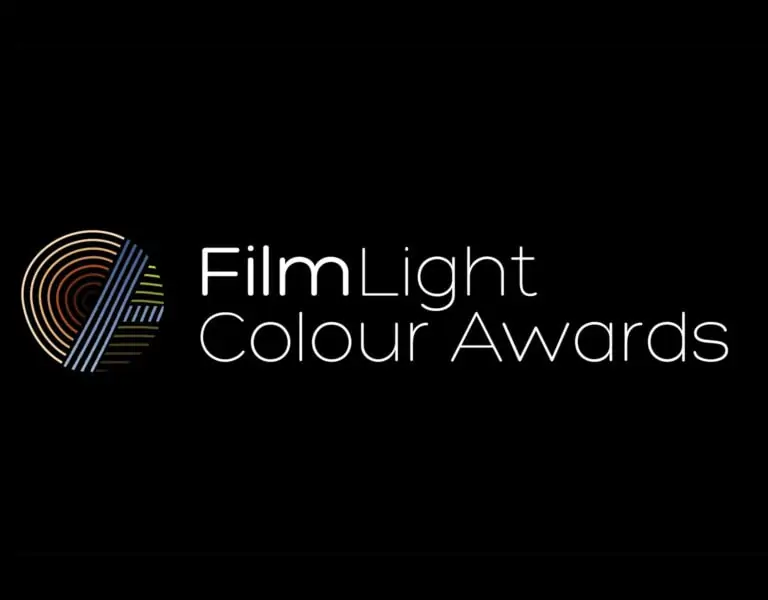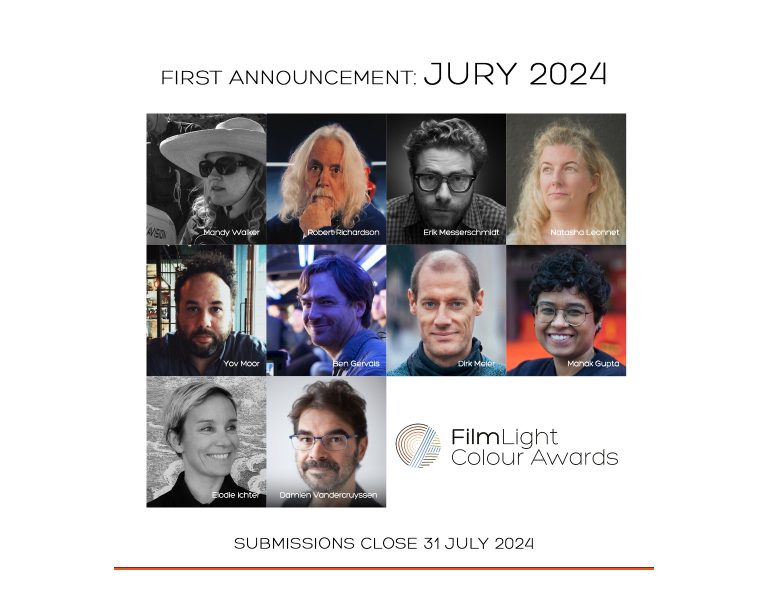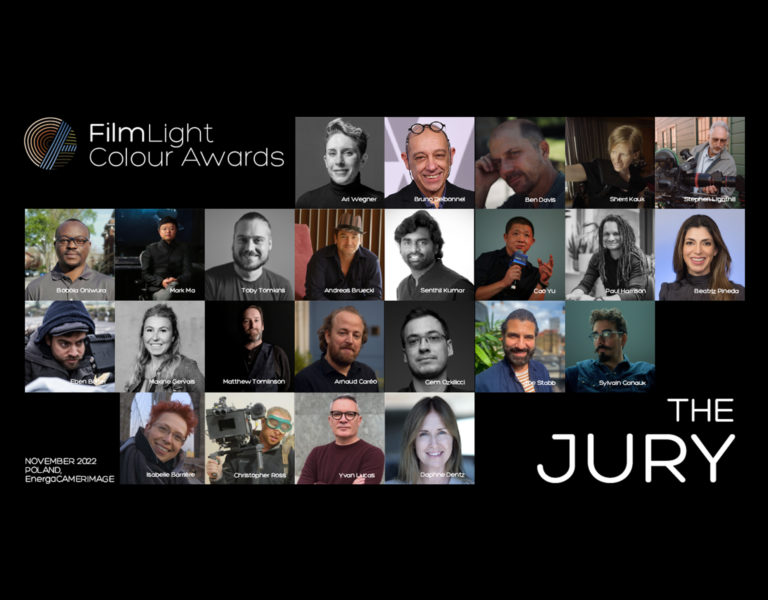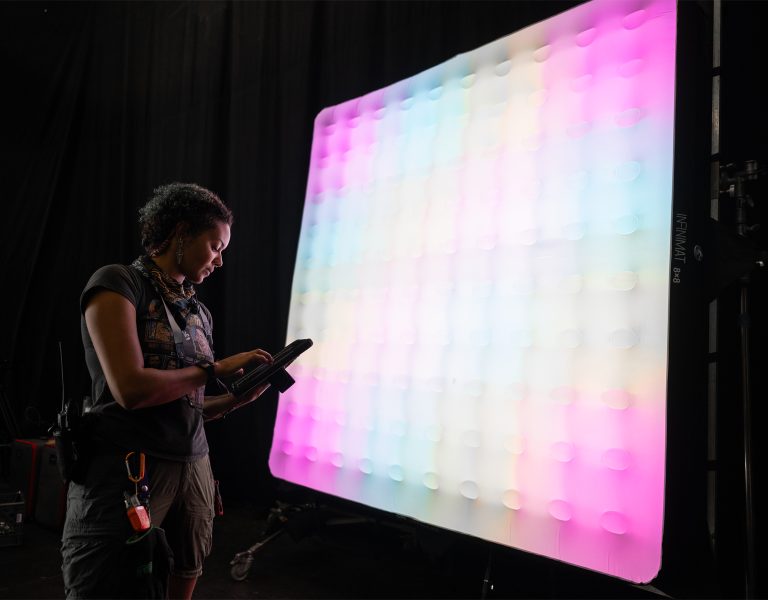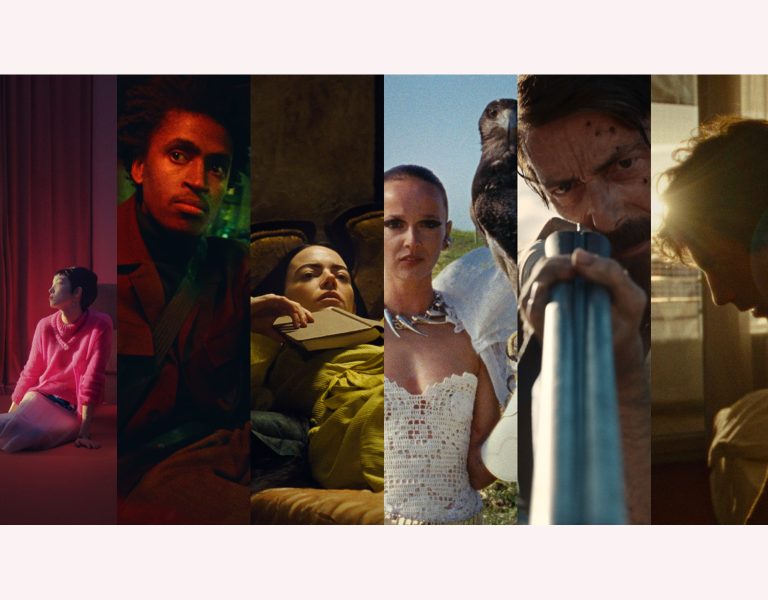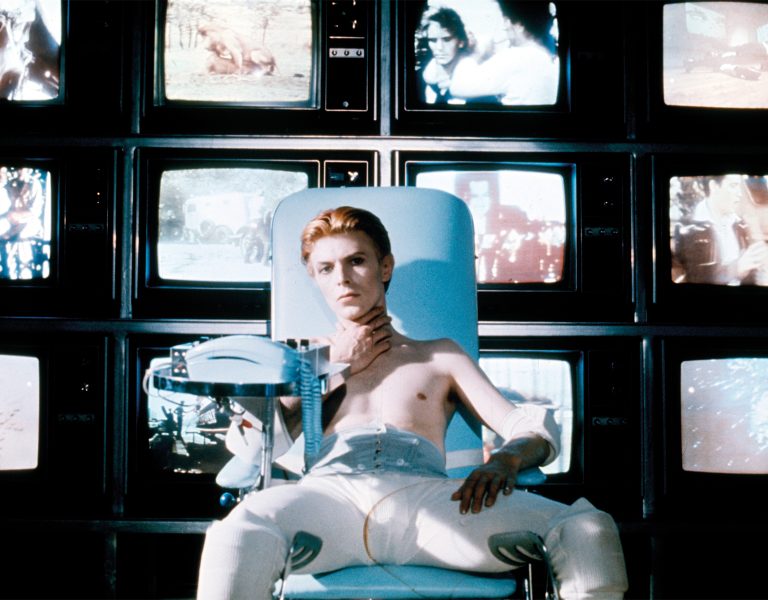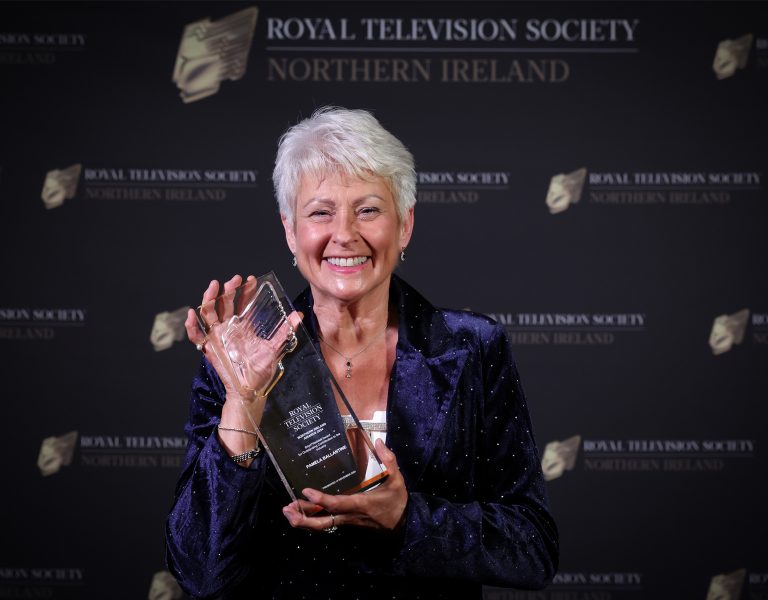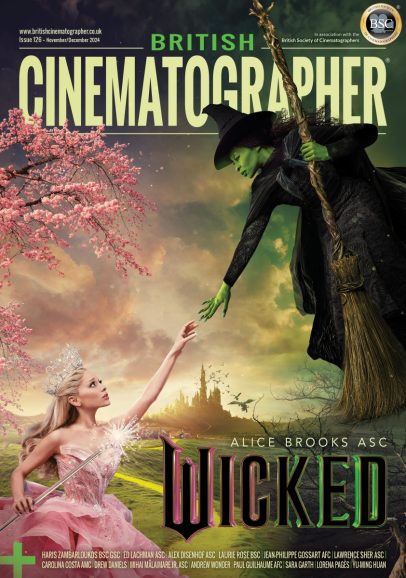Meet the FilmLight Colour Awards jury
Jul 17, 2024

The 2024 FilmLight Colour Awards are currently open for entries, closing on 31 July. They are independently judged by a panel of prominent creatives, cinematographers and colourists, with the winners revealed at a ceremony at EnergaCAMERIMAGE in November.
We caught up with a few of this year’s jury members to find out more about what they’ll be looking for in entries, as well as their evolving relationships with colour.
–
Robert Richardson
What appealed to you about being a judge in the FilmLight Colour Awards?
What appealed to me, in respect to being a judge for the FilmLight Colour Awards, was my deep respect for the colourist. I have had numerous inspirational relationships with those that grade the projects I have worked on, and I can confidently say that each of these relationships has resulted in an improvement on the work I provided.
What will you be looking for in entries?
One thing I will be looking for is how well the visuals support the story.
But the process of judging the work of a colourist is complex, as there are many factors that play a part. For example, how early was the colourist involved? Did they create a LUT to use in camera or during post? What was their relationship with the director of photography? What is their history? With this in mind, I will also be looking closely at the supporting material and information the colourist provides about the project.
Otherwise, I am open to all, and I look forward to being surprised as well as exalted by the work.
How do you work together with your colourist to achieve the desired aesthetic?
When I work with a colourist on the grade of a film, I hope that the film itself has already spoken about what the desired aesthetic is. Over the past decade, I have worked on grading on set. The colourist has a room where they grade the dailies and I work with them as often as possible to explain what I am looking for, and to apply windows, etc. But let’s not forget that the cinematographer is not the sole voice in what a film should look like. The director is the final voice. I have my opinion and the colourist has theirs, but the director has the final say.
You often work with veteran colourist Yvan Lucas. Can you tell us more about the way you work together?
I have worked with Yvan for a couple of decades now, and I find his taste to be sublime. He is brilliant. His eye is finely tuned and his manner of working brings out the best in anyone in the room with him. He is fierce and loving at the same time. He began in a chemical manner – as a colour timer, working on actual film – and is now of course digital. There is a great advantage to this level of experience.
Can you tell us about your work with director Quentin Tarantino and the use of colour for his movies?
Quentin designs his films shot for shot and word for word and with that comes a very specific perspective on what he hopes the film will be viewed as in a visual perspective. His direction is impeccable in all aspects – from script to working on post, colour included. There is never one path for all films, but rather each carries its own identity.
What makes a good colourist, in your opinion?
A mind that is open yet opinionated. And an eye that is superior to my own.
Can you tell us about your relationship with colour and if/how this has changed or evolved over the years?
As the years move on so comes experience. Each film has an identity which needs to be revealed. Some are exposed smoothly and others not so much. Some scenes come easily where others battle. I have learned over the years not to force a perspective – I am far more patient than I was when I first began, but also far more experienced.
How do you think colour grading enhances storytelling in film and television? Can you provide an example from your own work where colour played a crucial role in conveying the narrative/emotion?
If you wish an answer to this, all one needs to do is turn off the colour in a film and watch it.
Try that with sound and without sound. Then try to imagine a film akin to The Red Shoes (1948) without colour.
In respect to my work, I cannot think of a better example than Martin Scorsese’s Aviator (2004). Marty’s desire to create a three-strip technicolor, two strip and tinting as well as a contemporary palette – this could only be accomplished in colour.
And finally, what are you working on now/what’s next for you?
I am currently between projects, although a number sit on the constantly-shifting horizon of the film industry.
–
Elodie Ichter
You are a judge for the 2024 FilmLight Colour Awards. What are you looking for in entries this year?
Colour grading is a collaborative process. You work from the creation of another person’s work: the director, director of photography, set designer, costume designer and so on.
While judging the FilmLight Colour Awards, I’ll be looking for the colourist’s grade to have an understanding of this initial work – the lighting choices and the narrative. It is not about making it ‘look good’, it’s about adding to the story that’s being told.
Do you think it’s important for colourists to be recognised in awards like these?
It is important to be recognised in awards, as it brings visibility to our work and the work of the colourist. It can also help with connections to other colourists as well as wider contacts in the industry. I think it is important, but it shouldn’t be a goal.
You’ve worked on many varied formats (feature, episodic, music video, commercials, etc.). What are the biggest changes you have seen in the world of colour grading recently?
The biggest change, at least for me, was going from a theatrical P3 pass as the master, to a monitor pass with the HDR being the master. Your master pass is where you set the look and the way you review the master pass definitely has an influence.
Any advice for aspiring young colourists?
My advice would be to focus on truly understanding the image and the intentions. I like to think that there is no right or wrong, as long as it is intended and coherent with the project.
The rest is a matter of taste. Technically, you could be right or wrong and you do have to understand a few things, but that is not what makes a good colourist.
What’s your career highlight to date and why?
Probably working on Nomadland (2020). I say this because it’s kind of incredible to have been part of a movie that won the Oscar for the Best Motion Picture of the year, and so many more. The colour grading process was also fabulous and I learned a lot about how to approach an image.
What are you working on now?
I am working on an indie feature called Dreams in Nightmares directed by Shatara Michelle Ford and shot by Ludovica Isidori. Also, I prepped and supervised the dailies for a TV show called Grostesquerie, which is currently shooting. It’s directed by Max Winkler, Alexis Woodall and Ryan Murphy. It’s shot by Carolina Costa and Blake McClure. I will do the finishing this summer. It is all very exciting for me.
–
Dirk Meier
You won best colour grading in TV/episodic in 2023. Today you are a judge for the 2024 edition. What do you believe are the key elements to becoming a winner?
It has to be the right project. One that allows you to come up with a specific look and a story about its inception and how it supports the visual storytelling of the project. There are so many really well graded films, episodes, commercials and music videos out there, but in the end, as jurors, we will be looking for something that stands out in one way or another.
And, I feel it’s important to emphasise that in order to illustrate this uniqueness, you’ll have to provide some interesting supporting material along your submission.
What are you looking for in entries this year?
For me, the collaboration with the cinematographer plays a very important role in the process of look development. With this in mind, one thing I’ll be looking for are stories about this process and the communication between the colourist and the cinematographer – or, indeed, other key collaborators, such as the director, production designer, editor or VFX supervisor.
As a teacher and lecturer do you have any advice for young colourists?
That’s a difficult question to answer in a few sentences. Image post-production is changing very rapidly and access to tools and knowledge is completely different to 2005 or 2015 already. I see myself struggling to keep up with software developments and new technical trends.
However, what will remain true for colourists and many other professionals is the fact that we need a skillset in three main fields:
1. Empathy and social skills are key to communicate successfully with your clients.
2. Know-how and technical skills are necessary to manage the gear, modern workflow requirements and to understand new technologies like HDR and colour management.
3. And creativity, artistic skills or talent and some taste is essential to come up with original ideas and suggestions in a grading session.
So, my advice is to work on understanding your own strengths and weaknesses in each of these fields and then focus on strengthening your weaker parts.
How do you prefer to work with the DP on colour?
For me, the collaboration between DoP and colourist should start a few weeks or months before production begins.
I like to read the script(s) and learn about the visual world that the DoP imagines. Often the production designers have already started assembling mood boards, which are great to discuss the colour palette, locations and lighting situations. This is very important to establish a language with the DoP – especially if we haven’t collaborated before, as we need time to get to know each other’s vocabularies and preferences regarding images, colours, light, moods and texture.
And then we plan for a camera, lens and look test, which is often the “hair and make-up” test at the same time. Based on that footage we build a first version of the overall look and condense a LUT from this to be used during shooting. But the LUT can only hold the colour transforms, and – with the development of new tools for “spatial operations” in the grading systems – my work on the texture of the images has become a very important aspect for me. This can usually not be applied to the rushes, but I like to discuss this before principal photography as well.
What are the key challenges of your role as colourist?
Communication. While I will try to establish a language with the DoP in pre-production, that usually excludes the director. And for them the challenge is to be in a grading suite for 10 days only every other year, at least for feature films. So how should they know the technical terminology that I can use with the DoP?
I try to imagine how I would do joining the final rehearsal of a theatre play, while taking the position of director. I hopefully will have read the script, but now I’m supposed to give detailed feedback on every actor’s performance while keeping an eye on the overall dramaturgy. Having seen and graded many films, I might have a better sensitivity to an actor’s performance than an “average moviegoer”, but I don’t have the vocabulary to talk to them. And I haven’t spent months or years developing and analysing the script.
So, in my job as colourist, I try to be a careful listener and translator.
What are your thoughts on the Spotlight category?
First, it is really great that you came up with it! I remember the first year of the awards without the Spotlight category. A very good friend of mine was nominated in the feature category with an extraordinary grade of a super low-budget, arthouse movie and competed against, and lost to, David Fincher’s, Mank – which totally deserved the award. But given the circumstances and possibilities of such a big-budget production versus the limitations of a small independent film, I believe it is very important to have the separate category and allows the jurors to shine a light on the lower budget work.
Especially in this field of work creative solutions to support the visual storytelling are key and almost more important than in big-budget productions with outstanding production design, locations and ‘unlimited’ resources in lighting or VFX.
What advice would you give to colourists submitting their work? Particularly regarding their supporting material?
Assign enough time to assemble a good balance of detailed descriptions and background information on the process of the grading and look development. I believe the supporting material is key to standing out and capturing the interest of the jury members. Without this, it is very difficult to assess the contribution of the colourist in the final work.
But, you also want to keep it short enough that it will be read. I found striking this balance really difficult when I submitted my work last year, and it took me easily one or two days to finalise.
–
Yov Moor
You are a judge for the 2024 FilmLight Colour Awards. What are you looking for in entries this year?
I’m thrilled to be a part of this year’s FilmLight Colour Awards. In my daily work, I look forward to discovering the unique approaches of directors, DoPs, and colourists, and fully immersing myself in their creations, with a keen focus on achieving the perfect final colour.
You had four films selected this year at Cannes Film Festival and 10 films selected in 2023. How do you usually pick the films that you grade?
People often ask about my involvement in projects, and most of the time, it comes through directors, cinematographers, producers, and occasionally DI labs.
As for films selected for Cannes, it’s often a combination of luck on my side and the immense talent of the directors.
You have a strong relationship with Asian directors and DoPs. Would you say that your clients’ requests in Asia vs Europe are different in terms of colours?
It’s a tough question and simple too because there’s an increasing cross-pollination of ideas between Europe and Asia.
In Europe, I often sense a cultural restraint or sense of realism in visual storytelling, where images sometimes feel more like a support to the scene.
In contrast, in China, the visual texture, contrast, and colour are integral to conveying emotion. This difference is less pronounced in mainstream or commercial films compared to art house films. However, it’s important to note that this isn’t universally true, as each film is unique.
In countries like Japan, Vietnam, Thailand, Cambodia, India, France, Germany, and the UK, cultural differences and similarities make the answer as complex as the human spirit.
I am inspired by young creators worldwide who push the boundaries of colour and emotion. I love seeing new perspectives that invigorate my own creativity. In my position as a freelance colourist, all of these experiences enrich me greatly, and I bring this wealth of knowledge to new film projects, sharing these insights with directors and DoPs.
What’s your career highlight to date and why?
For me, it’s about collaborating with new directors and DoPs to bring their film visions to life through colour. I’m thrilled to take on these challenges with them, and that alone makes me happy and proud. I believe in viewing my career as a constant rebirth, always seeking new highlights.
How do you prefer to work with the DoP on colour?
I have no preference in this regard because each project has its own unique aura, groove, workflow, and story that establishes its own rules for work. I adapt to and follow each project’s individual dogma. It’s all fine by me!
What are the key challenges of your role as colourist?
My main challenge is to understand the desires, words, and feelings expressed by the director and DoP, and to translate them into the visual language of colour. Technically, I continually assimilate new discoveries and ensure they are accessible for the film’s needs without any barriers. My goal is to be as creative as possible for everyone involved.
What are you working on now?
My current work is on a feature film titled RAVEN, about the photographer Masahisa Fukase, played by actor Tadanobu Asano. The film is directed by UK director Mark Gill and shot by DoP Fernando Ruiz with great talent in Japan. They have done an astounding job on the story, imagery, and editing, and I’m excited for the film to be seen!




